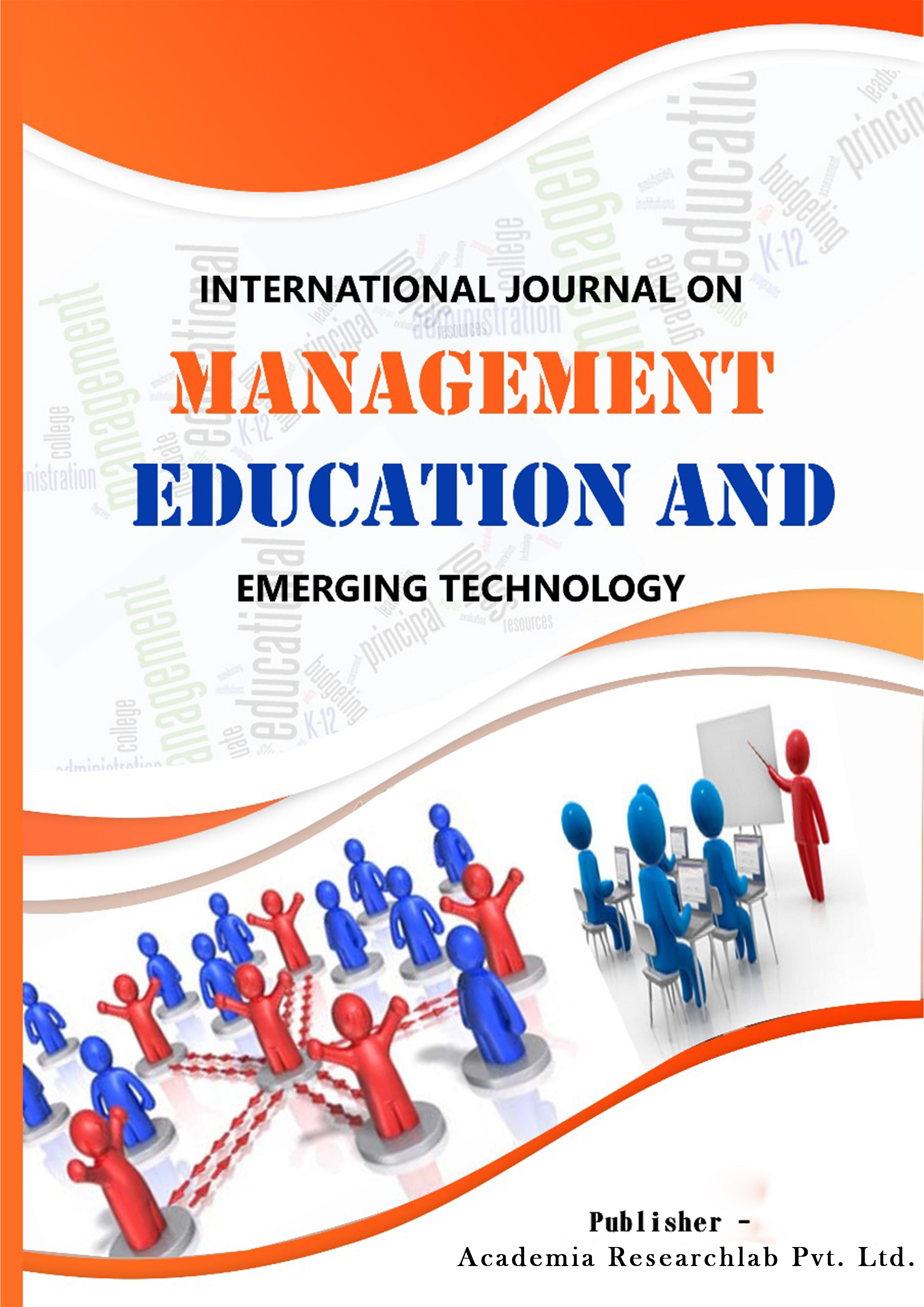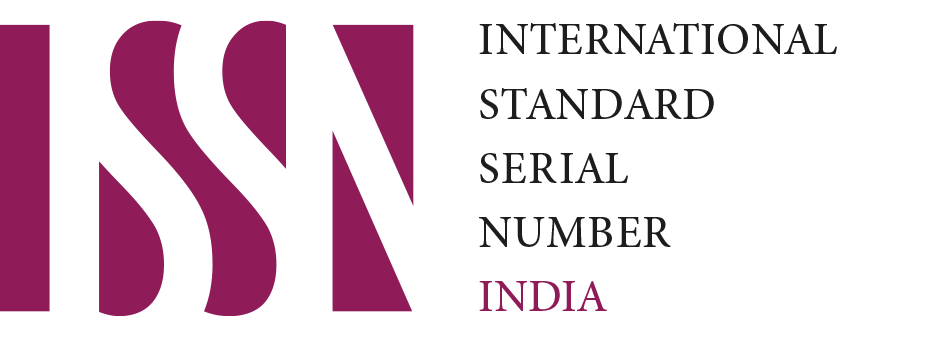Analyzing Work-Life Equilibrium Among Call Center Employees: A Comparative Study of Herzberg's Motivation-Hygiene Factors for HRDM Programs Across Day and Night Shifts
Keywords:
Work-Life Balance, Employee Well-being, Job Satisfaction, Working Conditions, Gender Differences, Workplace Stress, Role Conflict, Emotional Exhaustion, Employee RetentionAbstract
This study examines the work-life balance of call center employees in Parañaque City using Herzberg’s Motivation-Hygiene Theory, focusing on both day and night shifts. It explores key areas such as Family/Friends, Health/Exercise, Leisure, and Finances, and considers the influence of gender and shift type. Data was collected through a validated questionnaire given to a purposive sample, with results analyzed using frequency, percentage, and t-tests. Findings showed no major differences in work-life balance between shifts, except for leisure, where day shift workers reported higher satisfaction. Female employees showed better balance in family, health, and finances. Motivational factors (e.g., achievement, recognition) had a stronger influence on work-life balance than hygiene factors (e.g., salary, work conditions). These results underscore the relevance of Herzberg’s theory for HR development and suggest that shift-sensitive, gender-responsive policies can enhance employee well-being in the BPO sector.
References
[1] Aryee, S., Srinivas, E. S., & Tan, H. H. (2005). Rhythms of life: Antecedents and outcomes of work–family balance in employed parents. Journal of Applied Psychology, 90(1), 132–146.
[2] BPO Council. (2010). The impact of shift work on BPO employees’ well-being. Makati: BPO Council of the Philippines.
[3] Casio, W. F. (2010). Managing human resources: Productivity, quality of work life, profits. New York: McGraw-Hill.
[4] Dalton, M., Hoyt, M., & Delaney, D. (2011). Balancing work and life: Toward a new agenda for HRD. Human Resource Development Quarterly, 22(2), 209–226.
[5] Greenhaus, J. H., & Allen, T. D. (2011). Work–family balance: A review and extension of the literature. In J. C. Quick & L. E. Tetrick (Eds.), Handbook of occupational health psychology (2nd ed., pp. 165–183). Washington, DC: American Psychological Association.
[6] Hill, E. J., Miller, B. C., Weiner, S. P., & Colihan, J. (2001). Influences of the virtual office on aspects of work and work/life balance. Personnel Psychology, 51(3), 667–683.
[7] Hurd, A. R., & Anderson, D. M. (n.d.). The importance of leisure in employee satisfaction and well-being. Recreation and Leisure Journal, 29(4), 45–57.
[8] Kossek, E. E., & Ozeki, C. (1998). Work–family conflict, policies, and the job–life satisfaction relationship: A review and directions for organizational behavior–human resources research. Journal of Applied Psychology, 83(2), 139–149.
[9] Tausig, M., & Fenwick, R. (2001). Unbinding time: Alternate work schedules and work–life balance. Journal of Family and Economic Issues, 22(2), 101–119.
Additional Files
Published
How to Cite
Issue
Section
License
Copyright (c) 2025 International Journal on Management Education and Emerging Technology(IJMEET)

This work is licensed under a Creative Commons Attribution-NonCommercial-NoDerivatives 4.0 International License.





